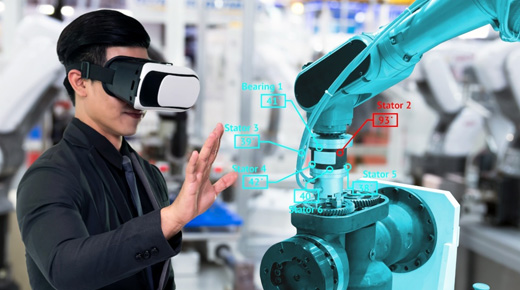Virtual reality (VR), sometimes referred to as augmented reality (AR), is shaking things up across all industries, including manufacturing. Although the technology is currently being employed mainly by large manufacturers, like additive manufacturing and the cobots before it, growing acceptance of the technology is likely to cause prices to drop, allowing small and medium-sized manufacturers (SMMs) to take advantage of its powers as well. So what do you need to know about VR before it comes your way?
|
ADVERTISEMENT |
VR is defined by the Virtual Reality Society (VRS) as “a three-dimensional, computer-generated environment which can be explored and interacted with by a person. That person becomes part of this virtual world or is immersed within this environment and whilst there, is able to manipulate objects or perform a series of actions.” So how is VR benefitting the manufacturing sector? By improving worker safety, creating better products, and saving manufacturers money.
…

Add new comment